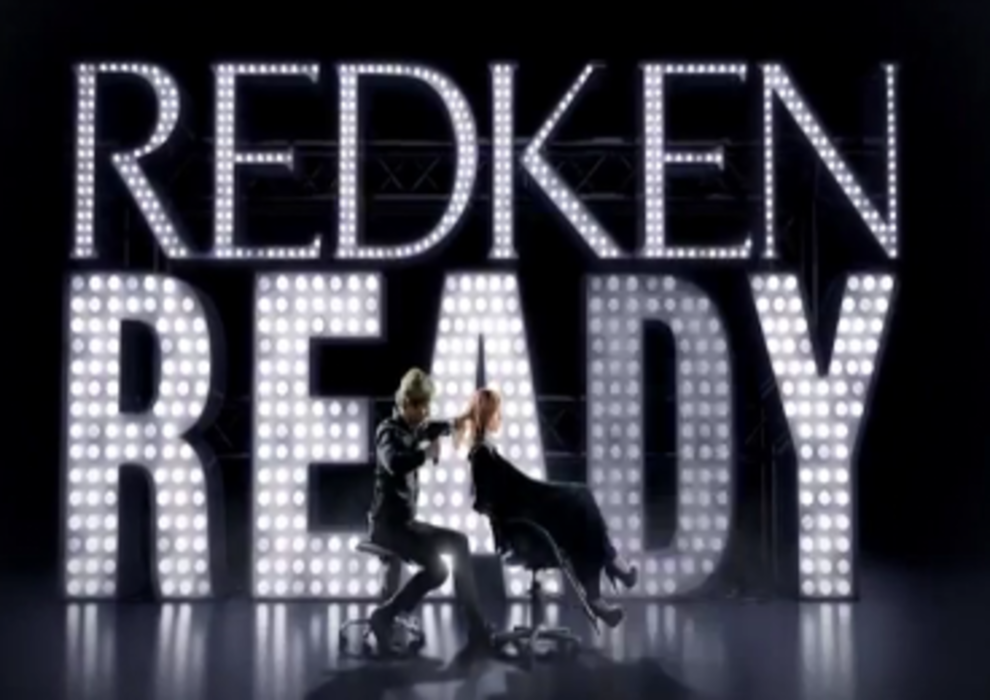The Objective: There are more than 15 million searches on YouTube a year for haircare and styling tutorials. It’s a staggering number and one that salon brand Redken immediately saw as an excellent opportunity to reach out directly to consumers with the content they’re already actively looking for.
“It is crucial that we deliver the relevant information they’re looking for so we can communicate with our fans and new audiences in an engaging and authoritative way,” says Darienne Howe, VP of integrated marketing communications for Redken 5th Avenue NYC.
Redken was also looking to ensure that its video content could be smoothly integrated and disseminated across multiple channels and brand platforms, including a consumer website and various social media outlets.
In essence, what Redken was looking for was the content marketing Holy Grail—a high volume of super-engaging, on-target video content that would appeal to consumers and their continually changing tastes while at the same time coinciding with new product releases, market events throughout the year, and changes in the category as they occur.
The answer was agile content development, and Redken partnered with digital agency Firstborn to make it happen.
The Backend: Agile content development is “a method for creating relevant content that responds to changing consumer interests, trends, and conversations in a quick-to-market way,” says Alex Krawitz, VP of content development at Firstborn—and it can be broken down into four main steps.
First, Firstborn created an underlying content strategy for Redken to serve as a kind of backbone for its entire effort. Then, once the brand’s business goals in relation to content were firmly established, Firstborn identified emerging trends, listening to real-time social conversations to ensure that the content it created for Redken would be timely and meaningful to the consumer.
Having monitored the space, Firstborn helped Redken create an arsenal of high-quality online videos and documentary style content on everything from how to achieve a frizz-free hairdo to tips on creating the perfect side-swept hairstyle.
Firstborn also cleverly integrated YouTube’s annotation function within each video to allow for easy navigation. For example, the video on creating a braided bun is broken down into chapters (“The Look,” “Ponytail,” “Braid,” “Bun,” etc.) which appear in an interactive strip at the bottom.
“Users were able to navigate using chapter select, forward and back, to quickly access the sections they needed most,” says Krawitz. “Experts could skip past the preparation section and get right to the styling, while novices could spend more time in preparation to study the looks.”
In videos linked to product launches, viewers could also access offers and a Redken store locator within the videos themselves.
Lastly, Firstborn kept an eye on how the content was performing post-deployment to help Redken continually optimize based on real time customer behavior and interactions.
“This is where you learn the most about your consumers,” says Krawitz. “If we’re seeing a great response to the content, we amplify; if not, we can easily adjust and use those learnings to inform the next round of content.”
Lather, rinse, repeat.
The Results: Redken’s been having a pretty good hair day when it comes to results. Not only has the brand seen a 250% increase in subscriptions to its official YouTube channel as of August as compared to all of 2012, the videos themselves have raked in more than two million views and roughly 19 million impressions.
Redken also says there’s been an impressive jump in the number of salon finder searches conducted through the online videos.
The Takeaway: Consumers crave relevant content and brands need to devise a way to keep them satisfied. Agile content development is one way to achieve that, says Krawitz.
“Brands should see this as a fundamental best practice for creating content as content itself becomes an increasingly more important way for brands to connect with consumers,” he says. “In this industry, it’s hard to predict the future, but timeliness and relevance will continue to be important to any brand creating content.”








